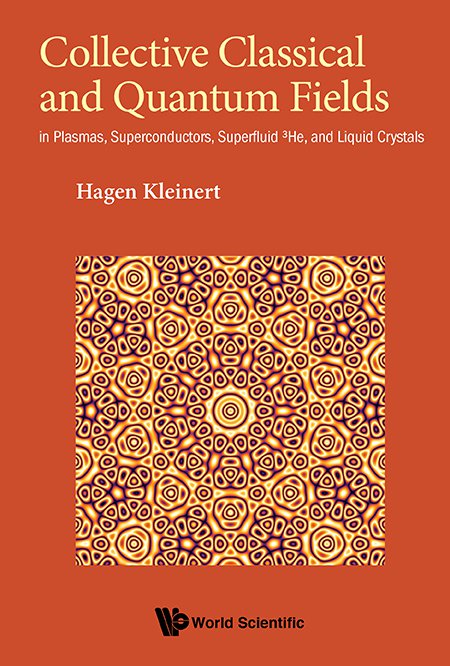System Upgrade on Tue, May 28th, 2024 at 2am (EDT)
Existing users will be able to log into the site and access content. However, E-commerce and registration of new users may not be available for up to 12 hours.For online purchase, please visit us again. Contact us at customercare@wspc.com for any enquiries.
This is an introductory book dealing with collective phenomena in many-body systems. A gas of bosons or fermions can show oscillations of various types of density. These are described by different combinations of field variables. Especially delicate is the competition of these variables. In superfluid 3He, for example, the atoms can be attracted to each other by molecular forces, whereas they are repelled from each other at short distance due to a hardcore repulsion. The attraction gives rise to Cooper pairs, and the repulsion is overcome by paramagnon oscillations. The combination is what finally led to the discovery of superfluidity in 3He. In general, the competition between various channels can most efficiently be studied by means of a classical version of the Hubbard-Stratonovich transformation.
A gas of electrons is controlled by the interplay of plasma oscillations and pair formation. In a system of rod- or disc-like molecules, liquid crystals are observed with directional orientations that behave in unusual five-fold or seven-fold symmetry patterns. The existence of such a symmetry was postulated in 1975 by the author and K Maki. An aluminium material of this type was later manufactured by Dan Shechtman which won him the 2014 Nobel prize. The last chapter presents some solvable models, one of which was the first to illustrate the existence of broken supersymmetry in nuclei.
Sample Chapter(s)
1: Functional Integral Techniques (756 KB)
Contents:
- Functional Integral Techniques
- Plasma Oscillations
- Superconductors
- Superfluid 3He
- Liquid Crystals
- Exactly Solvable Field-Theoretic Models
Readership: Students and researchers in theoretical physics.























